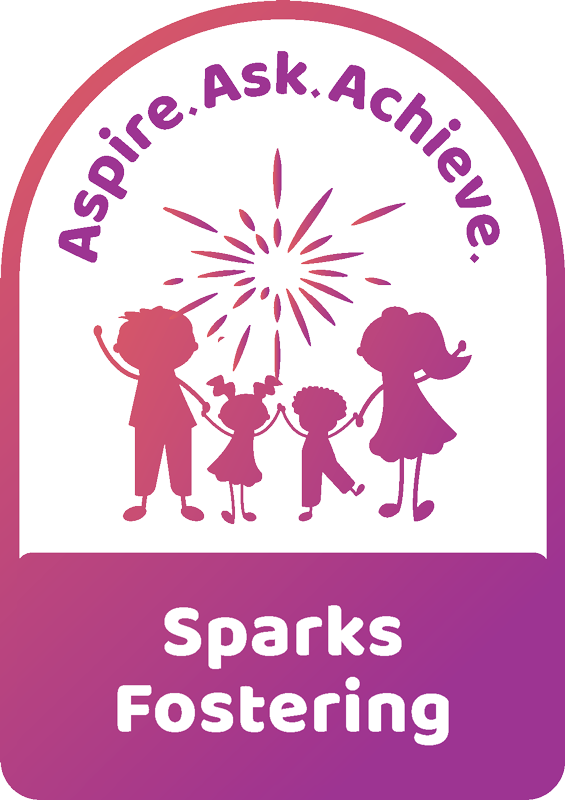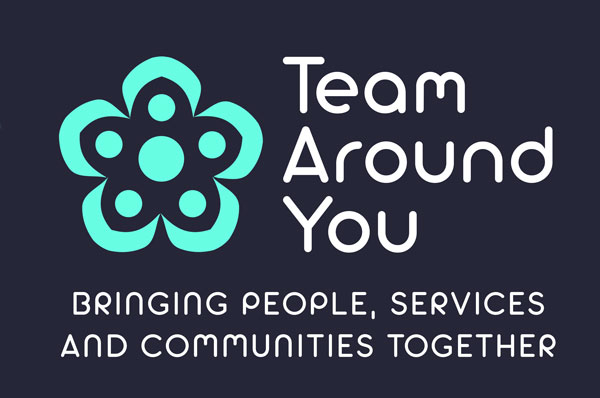So-Called Honour-Based Abuse
Definition
Honour-based abuse (HBA) can be described as a collection of practices which are used to control behaviour within families or other social groups in order to protect perceived cultural and religious beliefs or honour.
Such abuse occurs when perpetrators perceive that a relative has shamed the family or community by breaking their honour code.
It is a violation of human rights and may be a form of domestic or sexual abuse. There is no, and cannot be, honour or justification for abusing the human rights of others. For young victims it is a form of child abuse.

The term ‘honour-based abuse and violence’ relates to the offender’s interpretation of the motivation for their actions. Honour-based abuse and violence cuts across all cultures and communities. It affects people of all ages, but often begins early in the family home.
Girls and women are particularly at risk of honour-based abuse; however boys and men are also affected and may be at heightened risk if there are factors around disability, sexuality and mental health.
It can be distinguished from other forms of abuse and violence, as it is often committed with some degree of approval or collusion from family or community members. Women, men and younger members of the family can all be involved in the abuse. Victims of honour-based abuse are more likely to be abused multiple times by multiple perpetrators.
The concept of ‘honour’
For some communities, the concept of ‘honour’ is prized above the safety and wellbeing of individuals. To compromise a family’s ‘honour’ is to bring dishonour and shame – which can have severe consequences.
This is sometimes used to justify emotional abuse, physical abuse, disownment and in some cases even murder.
Honour-based abuse, where it affects children and young people, is a child protection issue. Children and young people who are subject to honour-based abuse are at risk of significant harm through physical, sexual, psychological, emotional harm and neglect. In some cases, they are also at risk of being killed.
Children and young people may find themselves in an abusive and dangerous situation against their will with no power to seek help. The usual avenues for seeking help – through parents or other family members may be unavailable.
Honour-based abuse manifests itself in a diverse range of ways with children and young people, it can lead to a deeply embedded form of coercive control, built on expectations about behaviour that are made clear at a young age. Often the control is established without obvious threats of violence to the victim, for instance through family members threatening to kill themselves because of the victim’s behaviour.
Victims can find it difficult to disclose, leave abusive relationships or ask for help if their immigration status is uncertain. They may face a number of issues such as a fear of deportation, bringing ‘shame’ on their families, financial difficulties and homelessness, or losing their family and or children.
The notion of shame and the associated risk to the victim may persist long after the incident that brought about dishonour occurred. This means any people close to the victim (including fostering families) and family members supporting the victim may be at serious risk of significant harm. For this reason, children who are at risk of so-called honour-based violence may be placed in fostering homes that are a considerable distance away from any family members and contact with the child’s family may be completely stopped.
Common behaviours leading to honour-based violence
Behaviours that could be seen to transgress concepts of honour include:
- Inappropriate attitude, behaviour, make-up or dress;
- The existence of a boyfriend/girlfriend or a perceived unsuitable relationship e.g. a gay relationship;
- Rejecting an arranged or resisting a forced marriage;
- Pregnancy outside of marriage;
- Being a victim of rape;
- Inter-faith or multi-ethnic relationships;
- Leaving a spouse or seeking divorce;
- Kissing or intimacy in a public place;
- Alcohol and drugs use.
It is important to be mindful that young people may be subject to honour-based abuse for reasons which may seem improbable or relatively minor to others.
Common types of honour-based Abuse
There isn’t one specific crime of honour-based abuse. It can involve a range of crimes and behaviours, such as:
- Forced marriage (approximately 1 in 5 cases).
- Domestic abuse (physical, sexual, psychological, emotional or financial).
- Sexual harassment and sexual violence (rape and sexual assault or the threat of).
- Threats to kill, physical and emotional violence and murder.
- Pressure to go or move abroad.
- Being kept at home with no freedom.
- Not allowed to use the telephone, internet, or have access to important documents like your passport or birth certificate.
- Isolation from friends and members of your own family.
Foster carers should be mindful of the range and extent of abuse that children in their care may have suffered. This should be discussed with the child’s social worker and the supervising social worker so that the team around the child can work together to support children to recover from their traumatic experiences.
Indicators
Children who have been subject to honour-based abuse, or may continue to be exposed to honour-based abuse may present with these warning signs:
- Acting withdrawn or upset.
- Bruising or other unexplained physical injury.
- Depression, self-harming or attempted suicide.
- Unexplained absence or poor performance at school or work.
- Their movements at home were strictly controlled.
- Family rows, domestic violence.
- Running away from home.
- A family history of relatives going missing.
It is likely that awareness that a child is the victim of an honour-based crime will only come to light after an assault of some kind has taken place e.g. an allegation of domestic abuse or when a child is reported as missing. There are inherent risks to the act of disclosure for the victim and possibly limited opportunities to ask for help, for fear of retribution from their family or community.
There may be evidence of domestic abuse, including controlling, coercive and dominating behaviour towards the child or young person and or adult victim. Family disputes, and unreasonable restrictions on the young person such as removal from education or virtual imprisonment within the home may occur. Children sometimes truant from school to obtain relief from being policed at home by relatives. They can feel isolated from their family and social networks and become depressed, which can on some occasions lead to self-harm or suicide.
Young people may be fearful of being forced into engagement or marriage. Other warning signs may include risk of female genital mutilation (FGM) or sexual abuse. Victims of honour-based violence are sometimes persuaded to return to their country of origin under false pretences, when in fact the intention could be to kill them.
Some families go to considerable lengths to find their children who run away, and young people who leave home are at risk of significant harm if they are returned to their family. They may be reported as missing by their families, but no mention is made of the reason. It is vital that practitioners explore the underlying reasons before any decisions are made.
It is extremely important that concerns about honour-based abuse are taken seriously. Murders in the name of so-called ‘honour’ are often the culmination of a series of events over a period of time and are planned. There tends to be a degree of premeditation, family conspiracy and a belief that the victim deserved to die.
Most affected communities
Honour-based abuse is more prevalent within communities from South Asia, the Middle East, and North and East Africa. Reports come from Muslim, Sikh, Hindu, Orthodox Jewish and occasionally traveller communities. However, cultural tradition does not mean honour-based abuse is acceptable.
Honour-based crime
Cases linked to honour-based violence would be prosecuted for the specific offence committed, e.g. common assault, GBH, harassment, kidnap, rape, threats to kill, murder, attempted murder; conspiracy to murder; manslaughter; procuring an abortion; encouraging or assisting suicide; conspiracy to commit a variety of assaults.







